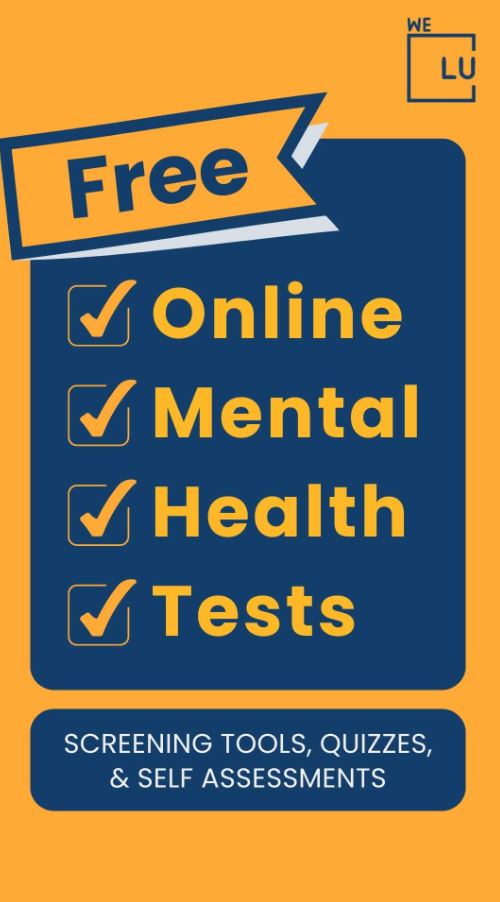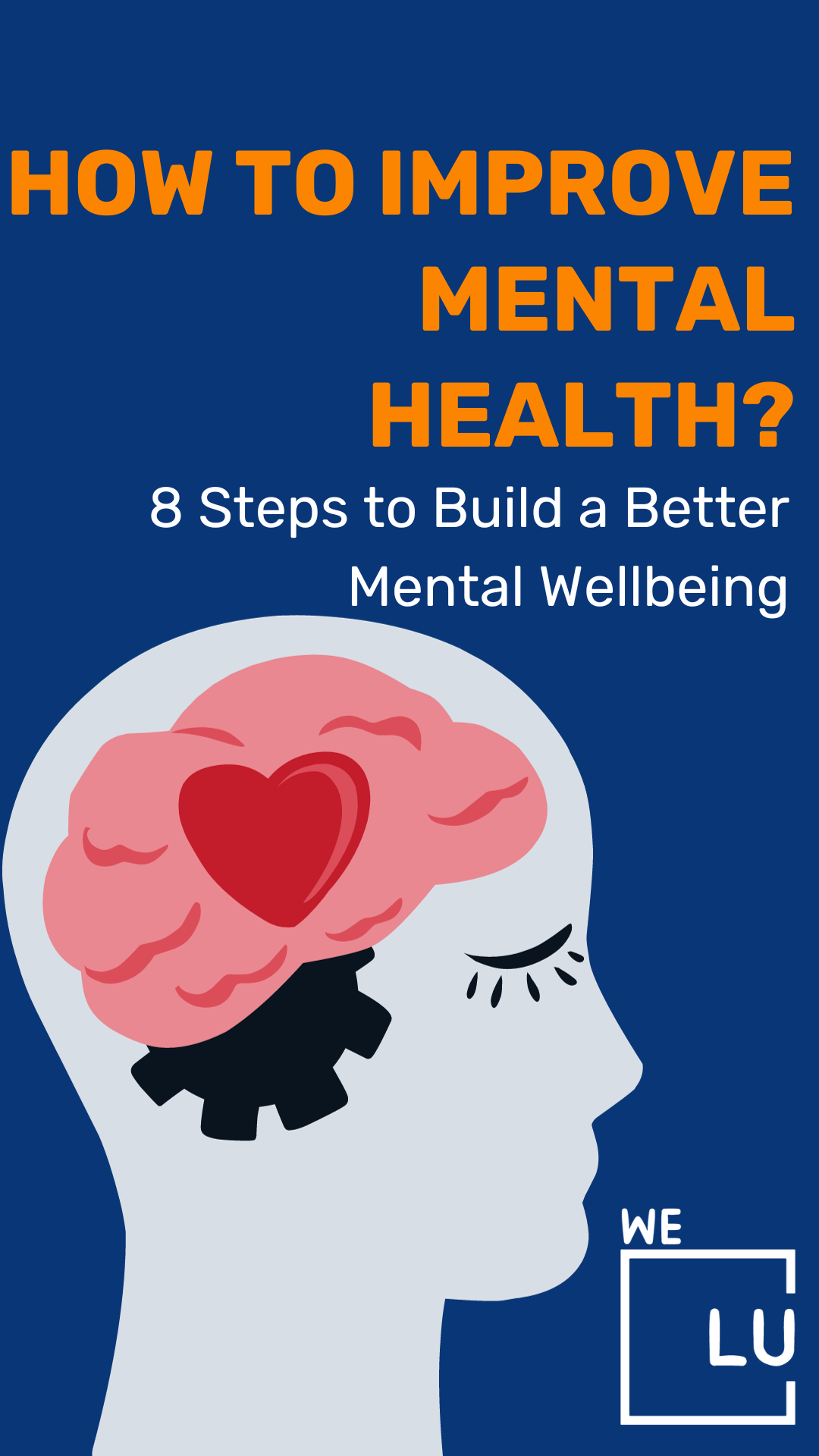What Is The Fentanyl Epidemic?
The Fentanyl epidemic is an alarming increase in the abuse, distribution, and overdose deaths associated with the synthetic opioid known as Fentanyl. This potent drug is estimated to be around 50 to 100 times more potent than morphine and about 50 times more potent than heroin. Initially developed for medical use in managing severe pain, particularly in cancer patients, Fentanyl has become a pervasive issue as it finds its way into illicit drug markets.
The epidemic has been characterized by a surge in both the availability and misuse of Fentanyl, leading to a dramatic rise in overdose fatalities. This crisis has been fueled by its low production cost, making it an attractive option for drug traffickers seeking to maximize profits.
Often, Fentanyl is illicitly manufactured in underground labs and mixed with other drugs, such as heroin or cocaine, without users’ knowledge. This practice significantly increases the risk of overdose due to the drug’s potency.
The Fentanyl epidemic has affected communities worldwide, cutting across socioeconomic boundaries. Its prevalence highlights the complex interplay of factors like addiction, mental health issues, prescription drug misuse, and the evolving landscape of drug trafficking.
Addressing this epidemic requires a multifaceted approach involving law enforcement efforts to curb the illicit supply, healthcare initiatives for overdose prevention and harm reduction, and effective addiction treatment and rehabilitation programs. The urgency of tackling the Fentanyl epidemic cannot be overstated, as countless lives continue to be lost to its devastating effects.
When Did Fentanyl Become Popular?
Fentanyl began to gain popularity as a recreational drug in the early 2000s. However, its use and illicit distribution have surged more prominently recently. The exact timeline of its popularity can vary by region and context, but several key factors contributed to its rise:
- Medical Use: Fentanyl was initially developed as a potent painkiller, often prescribed for severe pain management in cancer patients or for individuals undergoing significant surgeries. Its medical use dates back to the 1960s.
- Illicit Manufacturing: The increase in Fentanyl’s popularity as an illicit drug can be attributed to its relatively low cost of production compared to other opioids. Illicit drug manufacturers began to produce Fentanyl and its analogs in clandestine labs, particularly in China and smuggled them into various global markets.
- Potency and Profit: Fentanyl’s potency makes it highly attractive to drug traffickers seeking to maximize profits. A small amount of Fentanyl can yield many doses, making it economically appealing for those involved in the illegal drug trade.
- Opioid Crisis: The ongoing opioid crisis, driven by the misuse and addiction to prescription opioids, also played a role in the popularity of Fentanyl. As individuals became dependent on prescription opioids, some turned to more potent and readily available opioids like Fentanyl when their access to prescription drugs was restricted.
- Mixing with Other Drugs: Fentanyl began to be mixed with other drugs, such as heroin, cocaine, and counterfeit prescription pills, often without the users’ knowledge. This practice significantly increased the risk of overdose, as users were exposed to Fentanyl’s extreme potency without realizing it.
- Global Distribution: Fentanyl’s popularity grew due to its global distribution through the dark web and international smuggling networks. Its reach expanded to multiple countries, contributing to increased overdose deaths worldwide.
Overall, Fentanyl’s popularity as a recreational drug gained significant momentum in the late 2000s and 2010s, becoming a central player in the opioid crisis and contributing to a surge in overdose deaths.
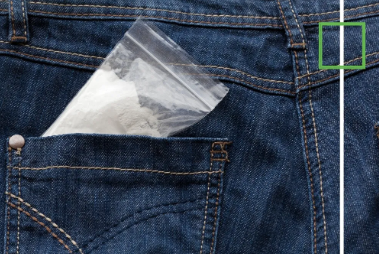
Skip To:
Learn More:
- How Does Fentanyl Make You Feel, Does Fentanyl Get You High & How Long Does Fentanyl High Last?
- What is the Fentanyl Half Life & How Long Does Fentanyl Last?
- How Long Does Fentanyl Stay In Urine? Fentanyl Urine Testing
- Why Is Fentanyl So Dangerous? Dangers Of Fentanyl & How Much Fentanyl Is Dangerous?
- How Is Fentanyl Made? Fentanyl Facts
- How Long Does Fentanyl Stay In Your System, Urine, Blood, Salvia & Hair? Fentanyl Drug Test Duration Chart.
- What Does Fentanyl Do To You? Abuse, Side Effects & Treatment
- What is Fentanyl? Rainbow Fentanyl Symptoms, Uses, Side Effects, Overdose & Detox Withdrawal Timeline
- What Does Fentanyl Look Like? Rainbow Fentanyl, Colored Candy Fentanyl, Skittles Fentanyl Images, Facts, Warnings, & FAQs
- Carfentanil Drug
Get Help. Get Better. Get Your Life Back.
Searching for Accredited Drug and Alcohol Rehab Centers Near You?
Even if you have failed previously and relapsed, or are in the middle of a difficult crisis, we stand ready to support you. Our trusted behavioral health specialists will not give up on you. When you feel ready or just want someone to speak to about therapy alternatives to change your life call us. Even if we cannot assist you, we will lead you to wherever you can get support. There is no obligation. Call our hotline today.
(844) 597-1011Popular Fentanyl Epidemic FAQs
-
Why Are There So Many Fentanyl Deaths?
The combination of Fentanyl’s potency, its presence in various street drugs, and the lack of quality control in its production have resulted in a tragic and unprecedented number of overdose deaths. Comprehensive efforts to reduce harm, treat addiction, and address the supply chain are crucial to mitigating this devastating public health crisis.
Fentanyl Factsheet
Fentanyl Overview
Fentanyl is a synthetic opioid used to treat moderate to severe pain, especially in cancer patients or after surgery. It is 50 to 100 times more potent than morphine and can cause respiratory depression, addiction, and overdose. It can be prescribed in different forms, such as injection, nasal spray, patch, tablet, spray, or lozenge. It can also be illegally made and mixed with other drugs, such as heroin or cocaine.
Fentanyl Abuse Methods
- Intravenous Injection: Some individuals abuse fentanyl by injecting it directly into their veins. This method produces rapid and intense effects as the drug quickly enters the bloodstream.
- Transdermal Patches: Abusing fentanyl patches involves extracting the gel from the patch and either consuming it orally or injecting it. This method is dangerous due to the high concentration of fentanyl in the gel.
- Oral Consumption: Fentanyl pills or lozenges can be swallowed, although this method is less common due to the drug’s potency.
- Smoking: While possible, smoking fentanyl is a highly hazardous practice. The drug is heated on foil, and the resulting vapor is inhaled. Due to fentanyl’s potency, even a slight miscalculation in dosage can lead to overdose and death. This method is strongly discouraged.
- Snorting: Some individuals crush fentanyl pills or powder and snort it. Like other methods of abuse, this is risky due to the drug’s potency, potentially causing rapid and intense effects that increase the risk of overdose.
Fentanyl Addiction Treatments
Treating fentanyl addiction requires a comprehensive approach that addresses both the physical dependence on the drug and the psychological aspects of addiction. Here are some common fentanyl addiction treatments:
- Medical Detoxification: The first step in treating fentanyl addiction is often medical detox. This involves gradually reducing the fentanyl dosage under medical supervision to manage withdrawal symptoms safely. Medications may be used to alleviate discomfort and reduce cravings.
- Medication-Assisted Treatment (MAT): MAT involves using medications to help manage cravings and reduce the risk of relapse. Buprenorphine and methadone are commonly used medications for opioid addiction, including fentanyl. Naloxone is also used to reverse opioid overdoses.
- Behavioral Therapies: Various behavioral therapies effectively treat fentanyl addiction. Cognitive Behavioral Therapy (CBT) helps individuals recognize and change negative thought patterns and behaviors. Contingency management provides rewards for staying drug-free, reinforcing positive behavior.
- Counseling and Support Groups: Individual and group therapy provides a supportive environment to explore the underlying reasons for addiction and develop coping strategies. Support groups like Narcotics Anonymous can be valuable for ongoing recovery.
Fentanyl Abuse Statistics
Fentanyl abuse statistics show that fentanyl is a highly potent synthetic opioid significantly contributing to the opioid epidemic in the United States. In 2020, there were over 93,000 drug overdose deaths in the US, with fentanyl involved in over 60%. Fentanyl abuse has also increased in other countries, including Canada and the United Kingdom.
73%
Synthetic opioids, including fentanyl, were involved in almost 73% of all opioid-related overdose deaths in 2019.
Source: CDC
1.6 million
Approximately 1.6 million people aged 12 or older misused prescription pain relievers like fentanyl for the first time in 2020.
Source: The National Survey on Drug Use and Health
57%
Fentanyl seizures by law enforcement in the US increased by 57% from 2019 to 2020, with nearly 17,000 pounds of fentanyl seized in 2020.
Source: DEA

Get Your Life Back
Find Hope & Recovery. Get Safe Comfortable Detox, Addiction Rehab & Dual Diagnosis High-Quality Care.
Hotline(844) 597-1011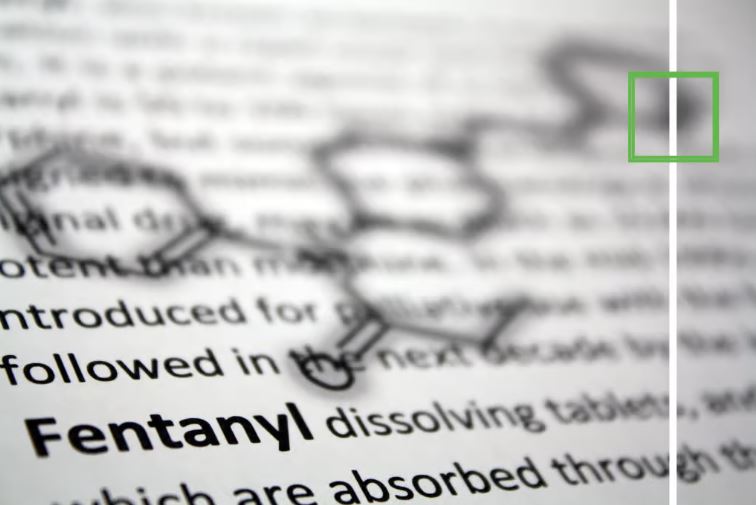
Fentanyl Deaths Per Year
In the United States, for instance, data from the Centers for Disease Control and Prevention (CDC) underscores the issue’s magnitude. In 2013, there were approximately 3,600 reported Fentanyl-related deaths. However, by 2019, that number had surged to over 36,500 deaths, marking a tenfold increase within six years. This exponential rise is indicative of the devastating impact that Fentanyl has had on public health.
This trend is not limited to the United States; many other countries have also experienced a surge in Fentanyl-related deaths. Canada, for example, has been grappling with a significant increase in overdose deaths involving Fentanyl and its analogs. Similarly, European countries and parts of Asia have reported alarming rises in Fentanyl-related fatalities.
Several factors contribute to the high number of Fentanyl deaths per year. Fentanyl’s potency, up to 100 times stronger than morphine, increases the risk of overdose, mainly when users are unaware of the exact dosage they are consuming. Moreover, the drug’s presence in the illegal drug market, often mixed with other substances like heroin or cocaine, creates an unpredictable and dangerous concoction.
Additionally, the illicit production and distribution of Fentanyl pose challenges for regulation and quality control. Variations in potency and composition make it difficult for users to gauge a safe dosage, leading to accidental overdoses. Furthermore, the rapid onset of Fentanyl’s effects can catch users off-guard, making it challenging to respond in time to prevent overdose.
Efforts to combat the Fentanyl epidemic include a combination of harm reduction strategies, increased access to naloxone (a medication that can reverse opioid overdoses), addiction treatment, and law enforcement actions to disrupt the illegal supply chain. The evolving nature of this crisis underscores the need for continued vigilance and collaboration across multiple sectors to address the devastating toll of Fentanyl-related deaths.
First-class Facilities & Amenities
World-class High-Quality Addiction & Mental Health Rehabilitation Treatment
Rehab Centers TourRenowned Addiction Centers. Serene Private Facilities. Inpatient rehab programs vary.
Addiction Helpline(844) 597-1011Proven recovery success experience, backed by a Team w/ History of:
15+
Years of Unified Experience
100s
5-Star Reviews Across Our Centers
10K
Recovery Success Stories Across Our Network
- Low Patient to Therapist Ratio
- Onsite Medical Detox Center
- Comprehensive Dual-Diagnosis Treatment
- Complimentary Family & Alumni Programs
- Coaching, Recovery & Personal Development Events
Why Is Fentanyl So Popular Now?
Fentanyl’s growing popularity can be attributed to several interconnected factors that have converged to make it a significant player in the global drug landscape:
- Potency: Fentanyl is exceptionally potent, often up to 100 times stronger than morphine and significantly stronger than heroin. This potency means that even a tiny amount can produce intense effects, making it attractive to those seeking a powerful high.
- Profitability: Illicit drug manufacturers are drawn to Fentanyl due to its low production cost compared to other opioids. A small quantity of Fentanyl can yield many doses, maximizing profits for drug traffickers.
- Opioid Crisis: The opioid crisis, fueled by the misuse of prescription opioids and the subsequent transition to illicit opioids like heroin, has created a demand for potent alternatives. Fentanyl fits this demand, providing a stronger and more intense experience for individuals seeking relief from pain or seeking euphoria.
- Synthetic Manufacturing: Fentanyl and its analogs can be synthesized in a laboratory, allowing for more precise control over its composition and potency. This synthetic production has enabled its proliferation in the illicit drug market, bypassing the need for cultivating opium poppies.
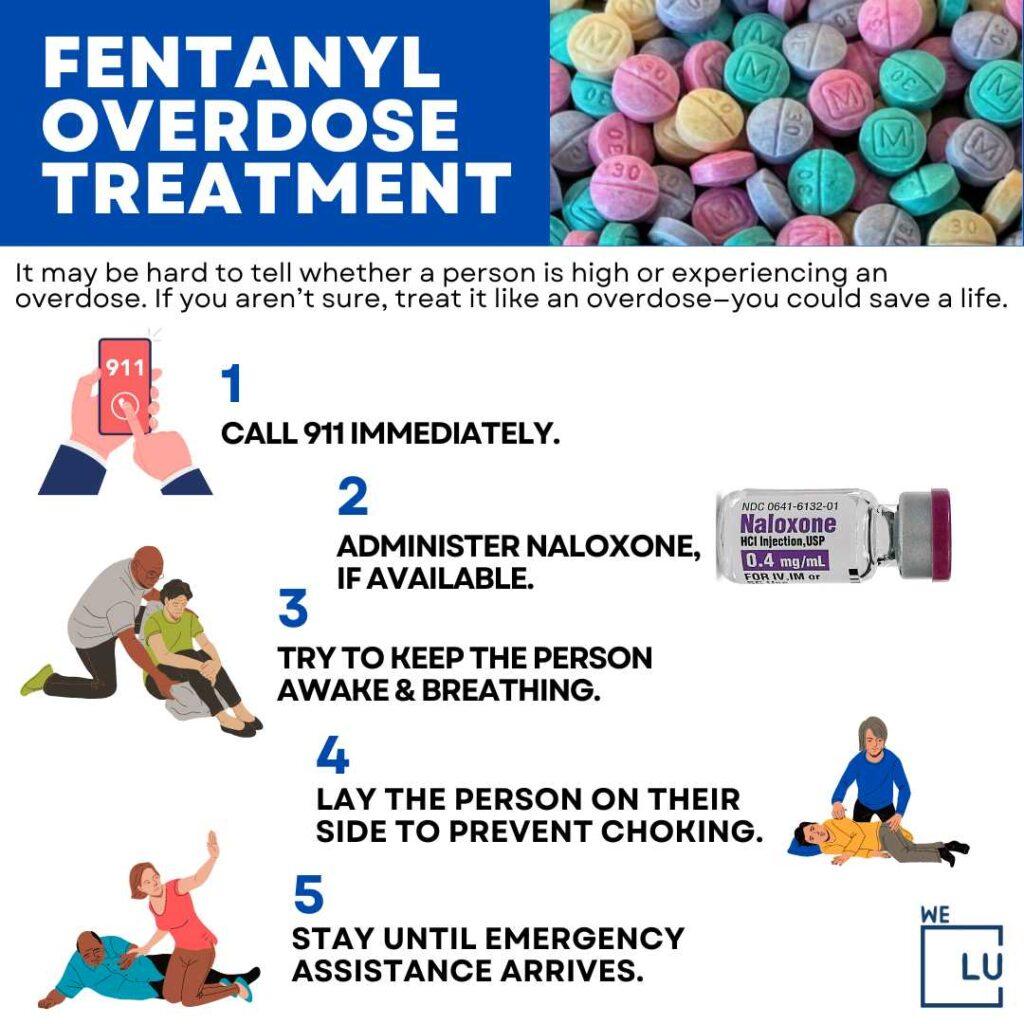
- Global Distribution: The advent of the internet and the dark web has facilitated the global distribution of Fentanyl. It can be easily ordered online and shipped discreetly, extending its reach beyond local drug markets.
- Mixing with Other Drugs: Fentanyl is often mixed with other drugs, such as heroin or cocaine, without users’ knowledge. This practice can enhance the effects of other substances but also significantly increase the risk of overdose due to Fentanyl’s potency.
- Variety of Forms: Fentanyl comes in various forms, including pills, powders, patches, and sprays. This versatility makes it adaptable to different consumption preferences, expanding its appeal to a broader range of users.
- Peer Influence: Word of mouth and social media have played a role in spreading information about Fentanyl’s potency and effects, further fueling its popularity among drug users.
- Desire for Novelty: Some drug users seek new and novel experiences, and introducing Fentanyl and its analogs provides an alternative to traditional opioids.
The convergence of these factors has contributed to Fentanyl’s rise in popularity. However, it’s important to note that this popularity has come at a significant cost, with a sharp increase in overdose deaths attributed to the drug’s potency and unpredictable effects. Efforts to address the Fentanyl epidemic require a multifaceted approach, combining prevention, harm reduction, law enforcement, and addiction treatment strategies.
World-class, Accredited, 5-Star Reviewed, Effective Addiction & Mental Health Programs. Complete Behavioral Health Inpatient Rehab, Detox plus Co-occuring Disorders Therapy.
CALL(844) 597-1011End the Addiction Pain. End the Emotional Rollercoaster. Get Your Life Back. Start Drug, Alcohol & Dual Diagnosis Mental Health Treatment Now. Get Free No-obligation Guidance by Substance Abuse Specialists Who Understand Addiction & Mental Health Recovery & Know How to Help.
We Level Up Fentanyl Addiction Treatments Treatment
Welcome to We Level Up Treatment Center, where we are dedicated to providing comprehensive and compassionate care to individuals struggling with Fentanyl addiction. Our mission is to help you regain control of your life and pave the way for a brighter, healthier future. Our range of services is tailored to address the unique challenges posed by Fentanyl addiction, ensuring that you receive the support you need at every step of your recovery journey.
- Medical Detoxification: Our experienced medical team will guide you through a safe and monitored detoxification process. We understand the physical and emotional toll of withdrawal, and we’re here to ensure your comfort and safety as your body adjusts to the absence of Fentanyl.
- Individualized Treatment Plans: We recognize that each person’s journey is unique. Our team of experts will work closely with you to develop a personalized treatment plan that addresses your specific needs, preferences, and goals.
- Evidence-Based Therapies: Our therapeutic interventions are grounded in evidence-based approaches, including Cognitive Behavioral Therapy (CBT), Dialectical Behavior Therapy (DBT), and Motivational Interviewing. These therapies help you understand the underlying factors driving your addiction and equip you with essential coping skills.
- Group Therapy: Group therapy sessions provide a supportive environment to connect with others facing similar challenges. Sharing experiences, insights, and strategies can foster community and mutual encouragement.
- Family Counseling: Addiction affects the individual and their loved ones. Our family counseling sessions promote healing, understanding, and effective communication, strengthening your support network for lasting recovery.
- Dual Diagnosis Treatment: Addressing co-occurring mental health issues is essential for sustainable recovery. Our dual diagnosis program ensures that any underlying mental health concerns are thoroughly assessed and integrated into your treatment plan.
- Holistic Approaches: To nurture your overall well-being, we offer holistic therapies such as mindfulness meditation, yoga, art therapy, and fitness programs. These activities promote emotional balance and help you develop healthier habits.
- Relapse Prevention Skills: Equipping you with the tools to manage triggers and prevent relapse is a crucial focus of our treatment. Our relapse prevention strategies empower you to navigate challenges and maintain your progress.
- Aftercare Planning: Transitioning back to daily life post-treatment can be challenging. We provide thorough aftercare planning, connecting you with ongoing support, outpatient resources, and local support groups to ensure your continued success.
- Continued Support: Our commitment to your recovery doesn’t end with your time at We Level Up. We offer ongoing follow-up and check-ins to celebrate your achievements and provide guidance if you encounter hurdles.
At We Level Up Treatment Center, we believe in your capacity to overcome Fentanyl addiction and build a fulfilling life in recovery. Our comprehensive services are designed to empower you with the skills and resilience needed to embrace a brighter future. You’re not alone in this journey – we’re here to support you every step of the way.
Experience Transformative Recovery at We Level Up Treatment Centers.
See our authentic success stories. Get inspired. Get the help you deserve.
Start a New Life
Begin with a free call to an addiction & behavioral health treatment advisor. Learn more about our dual-diagnosis programs. The We Level Up Treatment Center Network delivers recovery programs that vary by each treatment facility. Call to learn more.
- Personalized Care
- Caring Accountable Staff
- World-class Amenities
- Licensed & Accredited
- Renowned w/ 100s 5-Star Reviews
We’ll Call You
Watch The Drug Addiction Informative Video
Video Script
Joey’s Opiates, Drugs, and Alcohol Addiction Recovery Story
The narrative of Joey serves as a poignant and sobering testament to the unrelenting grip of addiction. His path has been marred by formidable hurdles, the weight of which he has courageously shouldered in his pursuit of healing and transformation following the heart-wrenching loss of his son. However, Joey’s journey toward sobriety emerges as a beacon of hope and resilience amidst the shadows.
Search We Level Up Fentanyl Epidemic Resources
Sources
- National Institute on Drug Abuse (NIDA) – Fentanyl Drug Facts: https://www.drugabuse.gov/publications/drugfacts/fentanyl
- Centers for Disease Control and Prevention (CDC) – Fentanyl Facts: https://www.cdc.gov/stopoverdose/fentanyl/index.html
- Drug Enforcement Administration (DEA) – Fentanyl: https://www.dea.gov/factsheets/fentanyl
- Substance Abuse and Mental Health Services Administration (SAMHSA) – Fentanyl: https://www.samhsa.gov/medication-assisted-treatment/medications-counseling-related-conditions/fentanyl
- National Library of Medicine (NLM) – Fentanyl: https://medlineplus.gov/druginfo/meds/a605043.html
- Food and Drug Administration (FDA) – Fentanyl Transdermal System: https://www.fda.gov/drugs/postmarket-drug-safety-information-patients-and-providers/fentanyl-transdermal-system
- National Institute of Justice (NIJ) – Fentanyl Safety Recommendations for First Responders: https://nij.ojp.gov/topics/articles/fentanyl-safety-recommendations-first-responders
- Office of National Drug Control Policy (ONDCP) – Fentanyl: The Next Wave of the Opioid Crisis: https://obamawhitehouse.archives.gov/blog/2017/03/29/fentanyl-next-wave-opioid-crisis
- National Institute of Standards and Technology (NIST) – NIST Reference Materials for Measuring Opioids, Including Fentanyl: https://www.nist.gov/news-events/news/2019/01/nist-reference-materials-measuring-opioids-including-fentanyl
- National Institutes of Health (NIH) – NIH HEAL Initiative Research Plan to Address the Opioid Crisis, Including Fentanyl: https://heal.nih.gov/research/research-plan



